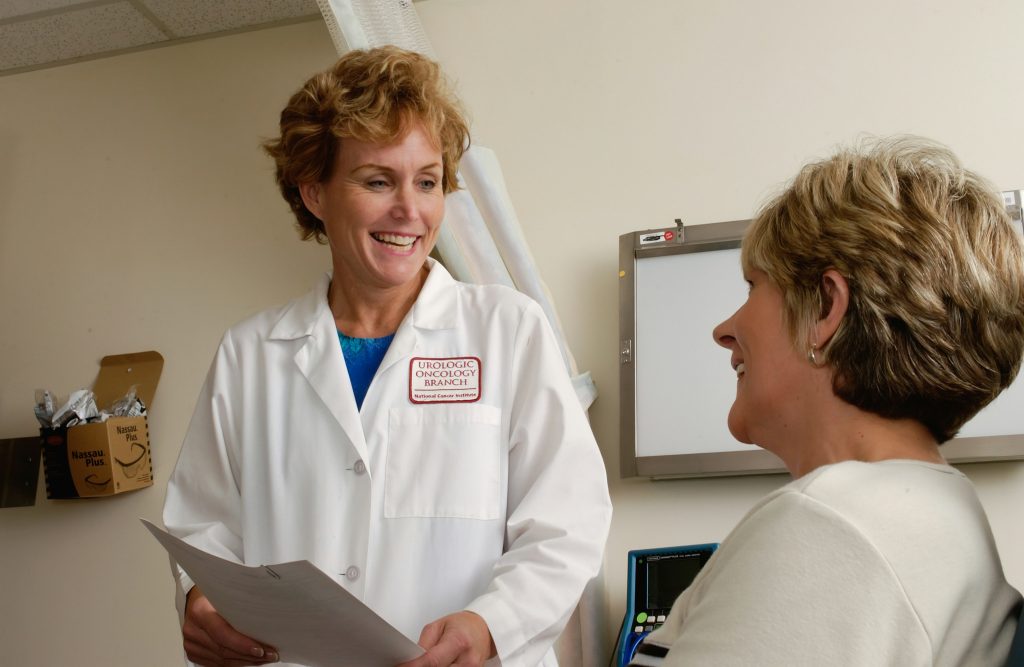Canada’s healthcare system is often praised for its universal access, but for many newcomers or even long-time residents, figuring out where and how to get the care you need—without paying out of pocket—can feel like solving a puzzle. Let’s break it down in plain terms, but with expert clarity, so you know exactly what options you have and how to use them.
Start with Your Provincial Health Card
Your gateway to public healthcare in Canada is your provincial or territorial health card. This little card proves that you’re eligible for publicly funded health services—and without it, you could be on the hook for paying full cost.
Here’s a quick snapshot of major provincial programs:
- Ontario: OHIP (Ontario Health Insurance Plan)
- British Columbia: MSP (Medical Services Plan)
- Quebec: RAMQ (Régie de l’assurance maladie du Québec)
Once you’re a resident (permanent or otherwise eligible), you should apply for your health card as soon as possible. In some provinces, there may be a waiting period (up to 3 months), during which you might want private insurance to bridge the gap.
Know Where to Go: Family Doctor, Walk-in Clinic, or Emergency Room?
Let’s demystify the three most common care settings:
Family Doctor: Your First Line of Defense
Having a family doctor is ideal. They:
- Know your medical history
- Provide continuity of care
- Refer you to specialists when needed
Challenge: Finding one can take time, especially in high-demand urban areas. Many provinces have centralized waitlists (e.g., Health Care Connect in Ontario) to help match you.
Walk-in Clinics: No Appointment Needed
When you can’t see your family doctor or don’t have one yet, walk-in clinics are a practical solution. These clinics are covered by public health insurance and can treat:
- Minor infections
- Skin issues
- Prescription refills
- Non-urgent injuries
Tip: Bring your health card and arrive early—lines can get long.
Emergency Rooms: For True Emergencies
Only go to the ER for serious or life-threatening conditions, like:
- Chest pain
- Severe breathing difficulties
- Broken bones
- Uncontrolled bleeding
Going to the ER for non-emergency issues not only increases wait times, but could also lead to higher costs if you’re not covered yet.
Explore Community Health Centers and Telehealth
Community Health Centres (CHCs)
CHCs are underappreciated gems, especially for:
- People without a family doctor
- Uninsured individuals
- Those with complex health or social needs
They often provide:
- Primary care
- Mental health counseling
- Chronic disease management
- Health promotion and education
Services are usually free or low-cost, and many centers serve newcomers in multiple languages.
Telehealth Services
Most provinces offer free telehealth or nurse helplines, such as:
- Telehealth Ontario (1-866-797-0000)
- 811 in BC, Alberta, and others
These allow you to consult a nurse 24/7 for advice on whether you should see a doctor, visit a clinic, or go to the ER.
Some provinces now also support virtual doctor visits covered under public insurance, making access easier than ever.
Final Thoughts: Be Proactive, Be Prepared
Accessing free or low-cost healthcare in Canada is very doable—if you know the system. Register your health card, find a family doctor if possible, and don’t hesitate to use walk-in clinics, CHCs, or telehealth when needed. Understanding your options not only saves money but also ensures you get the right care at the right time.


